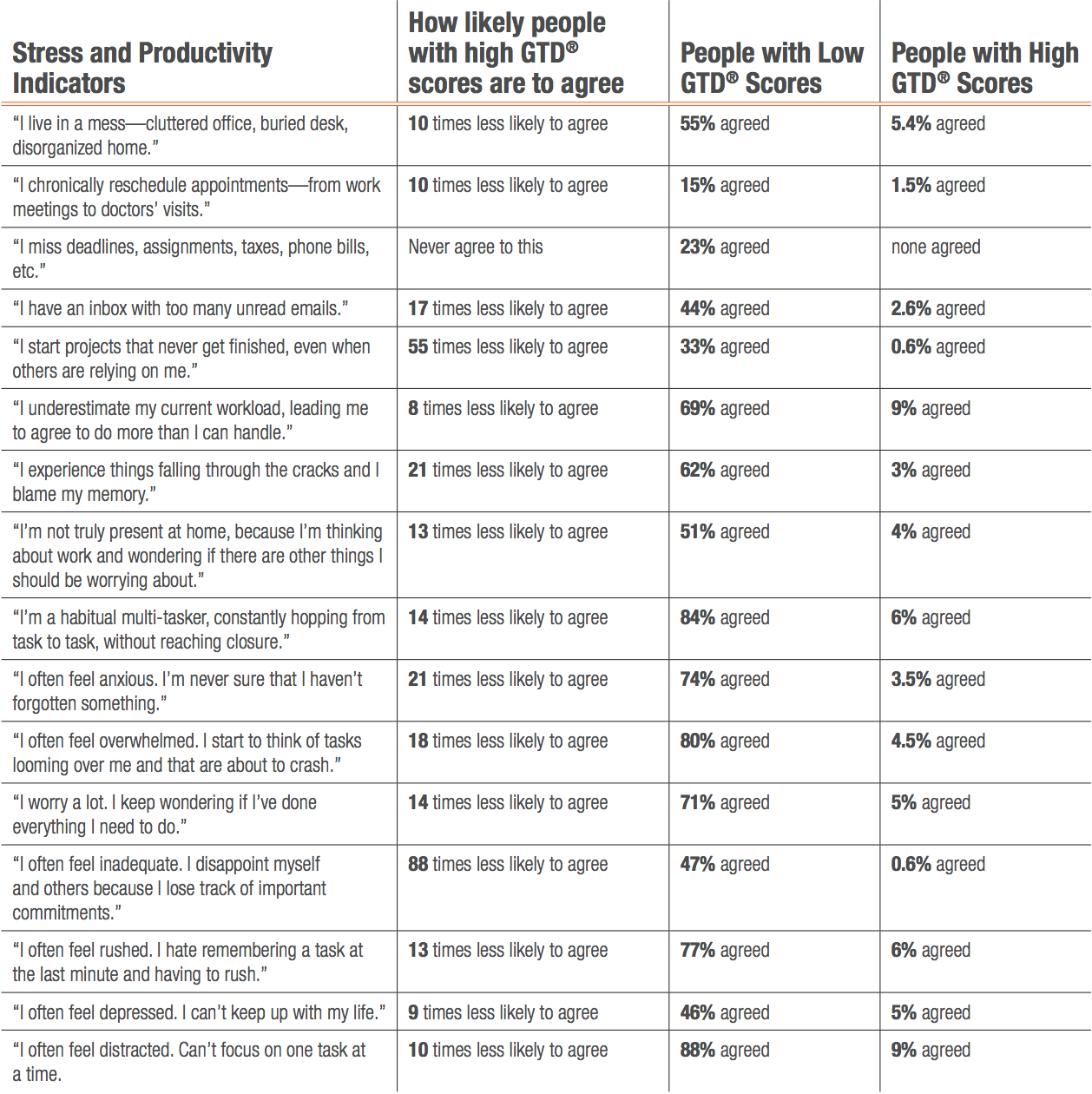The term “top performers” is self-explanatory; it indicates people who outperform their peers in regard to productivity and value delivered to an organization. However, until now, there has been generally no criteria or checklist to define and put a value on these high-performing individuals. In their latest study, VitalSmarts attempted to show and quantify just how important top performers are to their organizations.
After studying 1,594 managers and employees, VitalSmarts’ David Maxfield and Justin Hale showed that “employees rated by their managers as Nines and Tens on a ten-point performance scale are three times more valuable to the organization than the average employee.” Additionally, they are also responsible for 61% of the total work done in their departments.
According to Maxfield and Hale, the Tens of each organization excel because of two critical skills: communication and productivity. Great employees ask for help, are not afraid to ask questions, and know who to go to or when to ask. Similarly, in the productivity domain, these employees are good with time management, pay attention to detail, prioritize well, and stay on top of their work.
Does the drive for work achievement affect high-performers’ sanity or work-life balance? Surprisingly, no. Eighty-three percent of managers and 77% of peers say that a Ten’s work habits reduce their stress. Three out of four leaders also say Tens experience less or about the same stress levels as lower-performing peers. Overall, participants perceive Tens as individuals who work smarter, not harder.
Employers can expect a high return on their investment in employees they develop or identify as their top performers. Not every employee will be a “superstar,” but organizations can create a high-performance work environment in which employees are engaged, feel respected, have some control over their work, and are recognized for their achievements.
Superstars Are Made Of Vacation Days
Working inevitably comes with stress, and employers should focus on helping employees avoid burnouts. Having paid vacation time or a flexible work arrangement that allows employees to schedule in breaks will enable them to blow off some steam. In fact, HR Mythbusters 2017 found that high performers take, on average, 19 days off, compared with 14 days for low performers. It is a two-way street: high-performers can afford to take more time off thanks to their achievement and taking time off allows them to perform even better when they come back.
Retain Over Hire
Since high-performers are often an organization’s future leaders, retaining them should be a priority. Businesses with $80 million in annual revenues lose between $10 million and $15 million a year when top performers leave, according to Erik Van Vulpen, founder of Analytics in HR.













